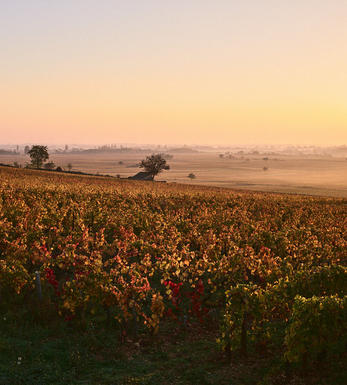
About this WINE

Maison Nicolas Potel
Nicolas Potel decided to set up his own wine négociant business after the death of his father in 1996 and the subsequent sale of Domaine Pousse d`Or, which his father had been managing.
The Nicolas Potel label became an excellent source of predominantly red wines, from Bourgogne Rouge to the Grands Crus of the Cote de Nuits. His hallmark has been to make wines which respect both their vineyard provenance and the style of the vintage while remaining attractively priced.
Suffering from a lack of capital, he sold the business to the Cottin brothers of Labouré-Roi in 2004, continuing as before until he parted company with his new owners in spring 2009. Instead he has developed his own Domaine de Bellene and negociant business Maison Roche de Bellene in Beaune.
Note: All wines sold by BBR bearing the label Nicolas Potel were produced while Nicolas himself was in charge of the business, and not since his departure when the name has been a marque controlled by Cottin Frères.

Savigny-lès-Beaune
Savigny-lès-Beaune is situated within France’s larger Burgundy wine region, celebrated for its intricate terroir-driven winemaking traditions. The village lies just north of the town of Beaune and is known for producing red and white wines, although red wines dominate in quantity.
The reds are primarily made from Pinot Noir grapes, which thrive in the region’s limestone and clay-rich soils. These wines often balance ripe fruit flavours like red cherries and raspberries, earthy forest floor notes, and a refined structure of moderate tannins and vibrant acidity.
The whites from Chardonnay grapes display a refreshing acidity and diverse flavours, from zesty citrus and green apple to more complex hints of hazelnuts, white flowers, and mineral nuances.
Due to its hilly landscape, Savigny-lès-Beaune benefits from a mosaic of microclimates and various soil types, allowing for subtle variations in the wines produced across its multiple vineyards or “climats.” These climatic and soil distinctions contribute to the unique character of each wine, emphasizing the concept of terroir – the idea that a wine’s flavour and personality are intricately tied to its specific place of origin.
The winemakers in Savigny-lès-Beaune are deeply committed to traditional winemaking methods, paying meticulous attention to detail during vineyard management and the winemaking process. Hand-harvesting, careful sorting of grapes, and gentle extraction methods are standard practices, ensuring that the wines reflect the essence of the terroir while maintaining a sense of finesse and elegance.

Pinot Noir
Pinot Noir is probably the most frustrating, and at times infuriating, wine grape in the world. However when it is successful, it can produce some of the most sublime wines known to man. This thin-skinned grape which grows in small, tight bunches performs well on well-drained, deepish limestone based subsoils as are found on Burgundy's Côte d'Or.
Pinot Noir is more susceptible than other varieties to over cropping - concentration and varietal character disappear rapidly if yields are excessive and yields as little as 25hl/ha are the norm for some climats of the Côte d`Or.
Because of the thinness of the skins, Pinot Noir wines are lighter in colour, body and tannins. However the best wines have grip, complexity and an intensity of fruit seldom found in wine from other grapes. Young Pinot Noir can smell almost sweet, redolent with freshly crushed raspberries, cherries and redcurrants. When mature, the best wines develop a sensuous, silky mouth feel with the fruit flavours deepening and gamey "sous-bois" nuances emerging.
The best examples are still found in Burgundy, although Pinot Noir`s key role in Champagne should not be forgotten. It is grown throughout the world with notable success in the Carneros and Russian River Valley districts of California, and the Martinborough and Central Otago regions of New Zealand.



Buying options
Add to wishlist
Description
From Nicolas Potels own vineyard, this shows delicious supple fruit on the nose drawing you into a heady mix of rose petals and raspberries. Boasting super silky tannins, this is an object lesson in finesse. Drink 2010-2015.
wine at a glance
Delivery and quality guarantee